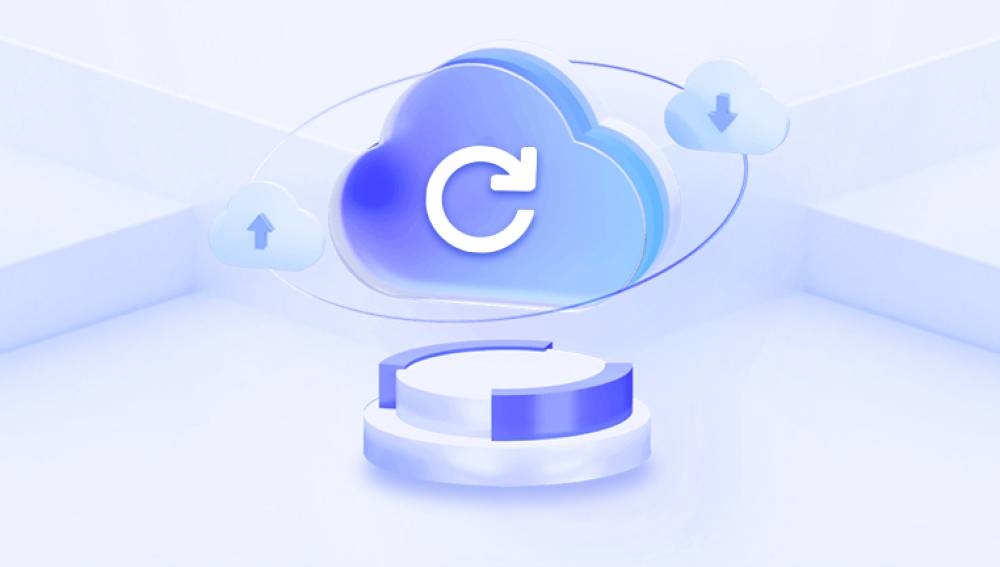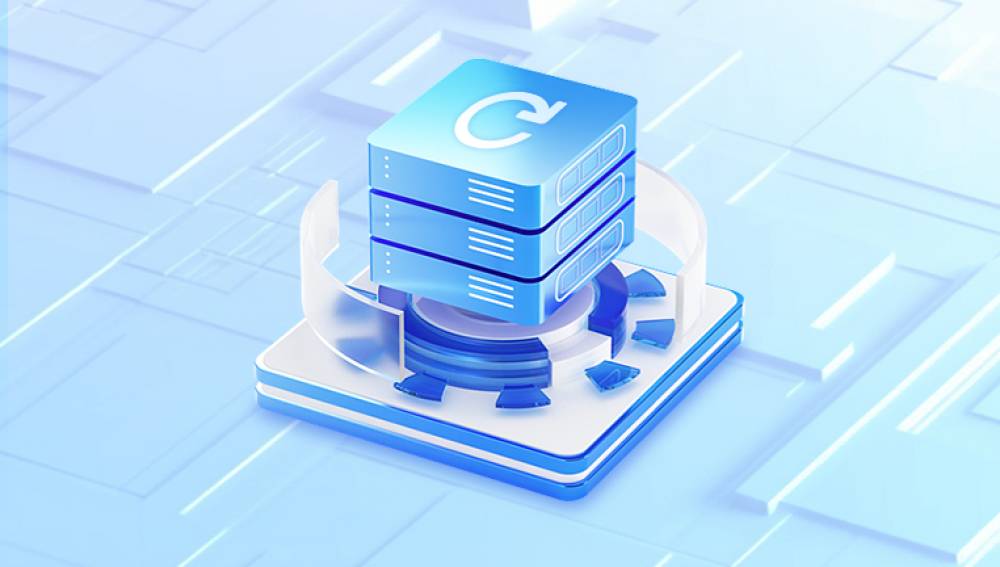Western Digital (WD) hard drives are widely regarded for their reliability and performance. However, even the most dependable devices are susceptible to failure, data corruption, or accidental deletion. For those living in Charlotte, North Carolina, understanding how to recover lost or inaccessible data from a WD hard drive can save hours of frustration, and in some cases, even preserve crucial information for both personal and professional use.
1. Types of WD Hard Drive Failures
Before diving into the recovery process, it’s important to understand the types of failures that can affect your WD hard drive. These failures can be classified into two categories: physical and logical.

Physical Failures
Physical failures occur when the hardware of the hard drive breaks down. Common issues include:
Mechanical failure: This occurs when parts like the read/write heads, platters, or spindle motor fail.
Electronic failure: Damage to the drive’s circuit board or power supply can prevent it from functioning properly.
Bad sectors: These are physically damaged areas on the drive’s surface where data is written, leading to inaccessible or corrupted data.
Logical Failures
Logical failures are less severe and occur when there’s an issue with the file system or data management. Examples of logical failures include:
Accidental deletion: Files that are unintentionally deleted.
Formatted drives: When the drive is formatted, making it appear empty, though the data may still be recoverable.
Corrupted file system: Problems with the file system that prevent data from being read, such as damaged partitions.
Each of these issues requires a different approach to recovery.
2. Diagnosing the Problem with Your WD Hard Drive
Before you attempt data recovery, it’s essential to properly diagnose the issue with your WD hard drive. This will help determine the right course of action.
Listen for Unusual Sounds
If your drive is making clicking, grinding, or beeping sounds, it’s likely suffering from mechanical failure. In this case, turning off the drive and avoiding further attempts to use it is crucial. Continuing to operate a failing drive could cause further damage, making recovery more difficult or impossible.
Check the Connection
Ensure that the hard drive is properly connected to your computer. Check cables, USB ports, or power connections to rule out simple connection issues. You can also test the drive on another computer or port to see if the problem persists.
Error Messages
If you’re seeing error messages such as "Drive not recognized," "Cannot access," or "Disk is unformatted," this could indicate a logical failure, such as a corrupted file system or accidentally formatted drive.
3. DIY Data Recovery Methods
If you are dealing with a logical failure or accidental deletion, there are a few DIY methods that may help you recover your data.
Method 1: Using Data Recovery Software
Drecov Data Recovery provides several recovery modes, including quick and deep scans, to accommodate different types of data loss. Quick scans are ideal for recovering recently deleted files, while deep scans are more comprehensive, scanning every sector of the drive for remnants of lost data. This ensures the highest chances of recovery, even in the case of a formatted or severely damaged drive.
Additionally, Drecov Data Recovery allows users to preview recoverable files before proceeding with the recovery process, ensuring that only the desired files are restored. It also offers a file filter feature to simplify the search for specific file types.
Overall, Drecov Data Recovery is a reliable and efficient tool for retrieving lost files, making it a go-to solution for data recovery needs. Whether you’re recovering personal documents, multimedia files, or important business data, Drecov Data Recovery provides a seamless, effective, and secure way to restore your valuable information.
Method 2: Check the Recycle Bin
If you accidentally deleted files and haven’t emptied the Recycle Bin, you can easily restore them by opening the bin, selecting the files, and choosing "Restore."
Method 3: Using Command Prompt (For Advanced Users)
For users with some technical expertise, the Command Prompt on Windows offers several powerful tools that can help recover data:
CHKDSK Command: This tool checks the integrity of your drive and attempts to fix any errors, including bad sectors. To use CHKDSK, follow these steps:
Open Command Prompt as Administrator.
Type chkdsk X: /f (replace “X” with the letter of your hard drive) and press Enter.
Let the process complete and check if your files become accessible.
TestDisk: A free and open-source software designed for advanced users, TestDisk can recover lost partitions and make non-booting disks bootable again.
4. When to Seek Professional Help in Charlotte
While DIY methods can often be effective for logical failures, physical damage or more complex issues require professional help. In Charlotte, there are several data recovery services that specialize in WD hard drives.
Signs That Professional Help is Needed
Your WD hard drive is making unusual sounds (clicking, grinding).
The drive is not recognized by the computer, even after checking connections.
The data seems corrupted beyond the capabilities of recovery software.
You’ve tried multiple recovery tools with no success.
Choosing a Data Recovery Service in Charlotte
When selecting a professional data recovery service in Charlotte, consider the following factors:
Reputation and Reviews: Look for businesses with good customer feedback, both online and through word of mouth. A company with a strong reputation is more likely to provide high-quality services.
Expertise in WD Hard Drives: Some recovery services specialize in specific brands, like WD. Make sure the company has experience working with WD drives and understands the unique challenges they present.
Certified Technicians: Check if the technicians are certified in data recovery. Certifications indicate that they have been trained in best practices and use industry-standard methods.
Cost and Turnaround Time: Get an estimate of both the cost of recovery and the time it will take to retrieve your data. Some services may offer expedited options at a premium price.
No Recovery, No Fee: Many data recovery companies operate on a "no recovery, no fee" policy. This ensures that you don’t pay unless your data is successfully recovered.
Popular Data Recovery Services in Charlotte
Charlotte Data Recovery: A well-known local service specializing in hard drive, RAID, and SSD recovery.
Secure Data Recovery: Offering emergency recovery and clean room services for physical failures.
DataTech Labs: Known for its affordable services and quick turnarounds for both personal and business clients.
5. Preventive Measures to Protect Your Data
While data recovery methods can save you when disaster strikes, the best approach is prevention. Here are some tips to safeguard your data:
Backup Regularly: Use cloud storage services or external hard drives to keep copies of important files.
Use Surge Protectors: Protect your hardware from electrical surges that can cause data corruption or physical damage.
Keep Software Updated: Ensure your computer’s operating system and the software on your WD drive are regularly updated to minimize the risk of data corruption.
Use Antivirus Software: Viruses and malware can corrupt or delete files. Regular scans and safe browsing habits can help prevent these threats.
Data loss is an unfortunate but common problem for hard drive users, including those with WD hard drives. However, understanding the causes of data loss, the recovery process, and when to seek professional help can make a world of difference. Whether you're in Charlotte or elsewhere, following the steps outlined above will increase your chances of successful recovery and help you protect your data in the future.




